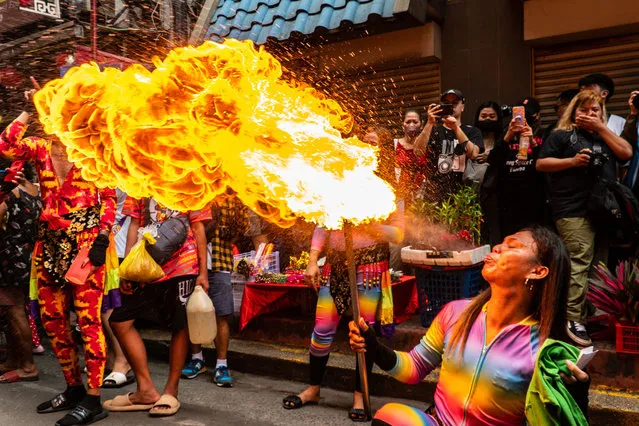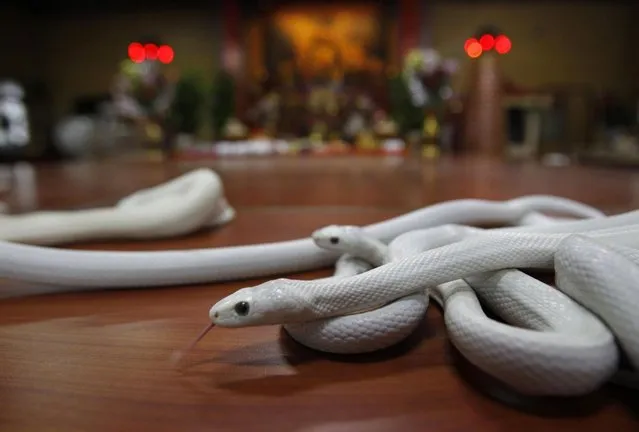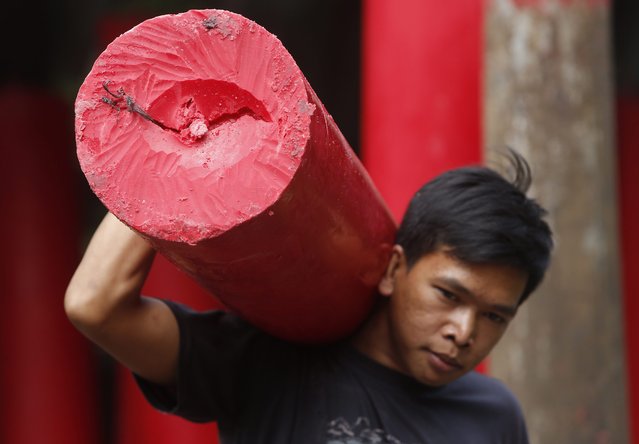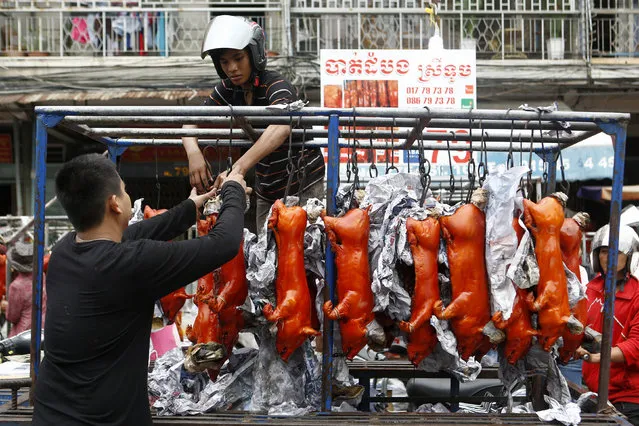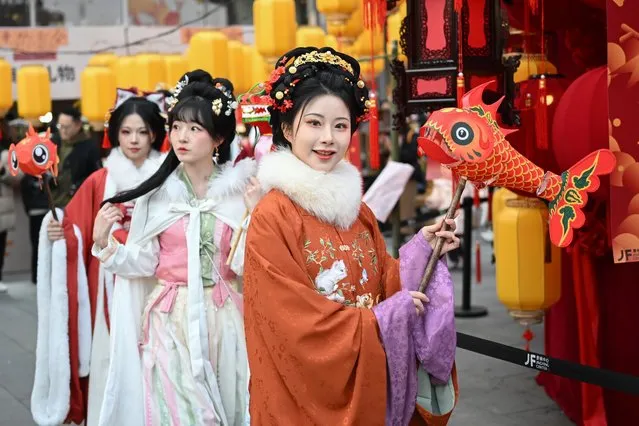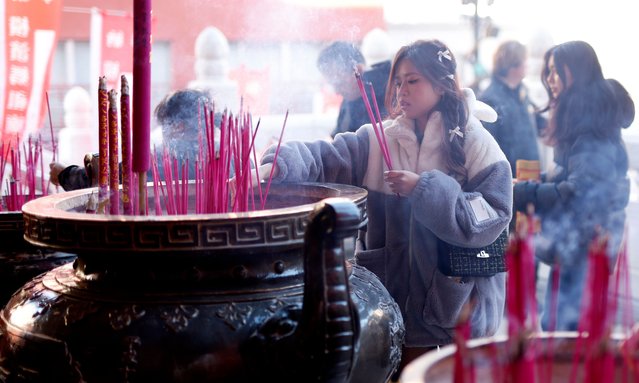
A woman offers prayers at a temple during the Chinese New Year celebrations in Yokohama Chinatown, near Tokyo, Japan, 29 January 2025. The celebrations of the Chinese Lunar New Year, or Spring Festival, which falls on 29 January 2025, are held in Yokohama Chinatown, Japan's largest Chinatown. (Photo by Franck Robichon/EPA/EFE)
10 Feb 2025 04:36:00,post received
0 comments

